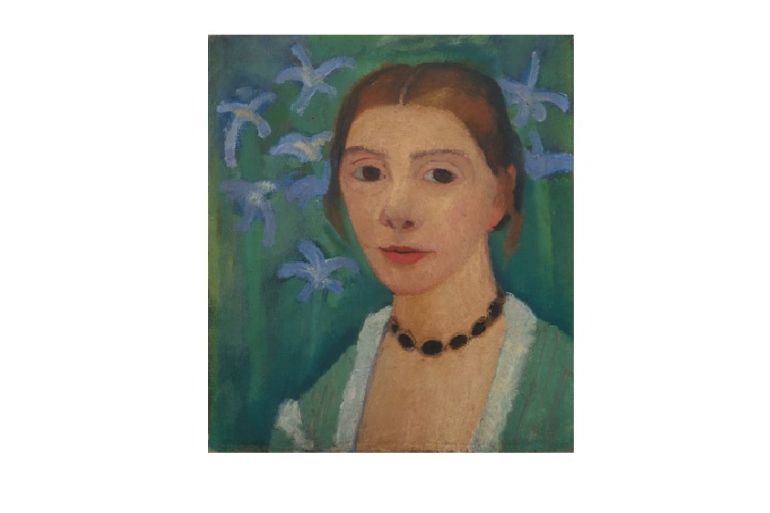Paula Modersohn-Becker: Why Google honours her today
Described as a precursor of German Expressionism, the late painter has had great impact on the art world for decades.

Described as a precursor of German Expressionism, painter Paula Modersohn-Becker, who died in 1907, has had a great impact on the art world for decades.
In her honour, Google is changing its logo in 16 countries to a doodle, or illustration, of her work on Thursday.
Born on February 8, 1876, Modersohn-Becker was an early expressionist. She later helped to introduce modernism to the art world. She left a large body of work, including more than 700 paintings. This is her story:
An ambitious artist
- Born in 1876 in Dresden-Friedrichstadt, Modersohn-Becker was part of a middle-class family. She was the third of seven children. Her mother, Mathilde, was from an aristocratic family, and her parents provided their children with a cultured and intellectual household environment.
-
Her parents also wanted her to become a teacher, but she refused and became one of the era’s most prolific artists.
-
Modersohn-Becker began exploring her artistic talents as a student in Bremen, and at the age of 18, she moved to an artist’s colony in Worpswede.
-
While visiting her aunt in London, Modersohn-Becker received her first instruction in drawing at St John’s Wood Art School. In 1893, she was introduced to the work of the artists’ circle of Worspwede.
Herzlichen Glückwunsch zum 142. Geburtstag, Paula Modersohn-Becker! Wir feiern die Pionierin der modernen Kunst mit einem #GoogleDoodle. Erfahrt mehr über sie bei @Googlearts → https://t.co/7dHhEe3BBv pic.twitter.com/tKFwYU016x
— Google Deutschland (@GoogleDE) February 8, 2018
Translation: Congratulations on your 142nd birthday, Paula Modersohn-Becker! We celebrate the pioneer of modern art with a #GoogleDoodle.
Conflictive life
-
In Bremen, she met Otto Moderohn, who she married in 1901. The couple later moved to Paris so she could continue her work and training.
-
During her time in Paris, the artist grew and absorbed a lot of what was happening in old and new art. She made simple drawings of ancient Egyptian sculpture.
- In addition to her training, Becker received private instruction in painting.
-
Many say she had an inclination for the human body as an expressive form. She connected to oil paint and was unafraid of ugliness. Her style brought conflict into her marriage.
-
Initially her husband supported her work, but eventually, he complained about more domestic issues, like the housekeeping.
- According to the Guardian, she wrote a note in her housekeeping book in 1902:
Marriage does not make one happier. It takes away the illusion that had sustained a deep belief in a kindred soul.
An early feminist
-
Modersohn-Becker was known for her bold choices as an artist. She was one of the first women to depict nude female figures. She painted a full-length self-portrait and also painted herself pregnant.
-
She was trained in the methods of realism and naturalism, but she later abandoned those techniques to move into Fauvism, a style that emphasises the representation of realistic values. She is recognised for having influenced one of Picasso’s paintings.
-
In 1906 alone, she painted 80 pictures.
-
In 1907, she gave birth to her daughter, Mathilde. After her pregnancy she complained of severe leg pain, she was ordered bed rest. After 18 days she was asked to stand up and start moving but it’s believed that an embolism had formed in her leg, broke off and caused her death within hours.
-
Before dying all she said was, “What a pity”, according to historians. She died at the age of 31.
- In 1908, Rainer Maria Rilke wrote the poem “Requiem for a Friend” in memory of Becker.